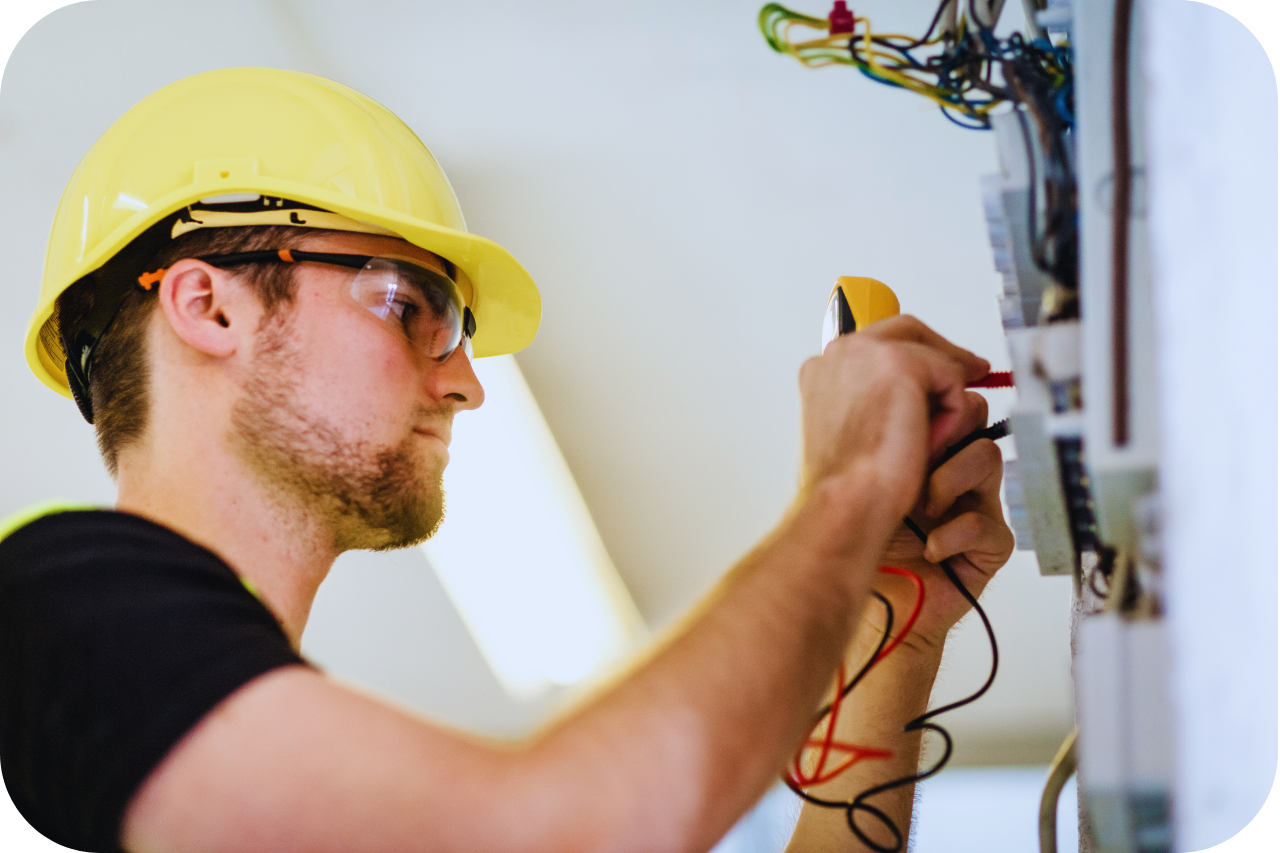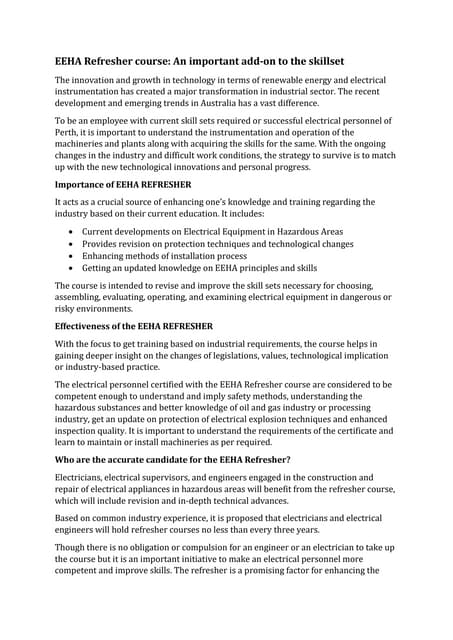Indicators on Roar Solutions You Should Know
Indicators on Roar Solutions You Should Know
Blog Article
A Biased View of Roar Solutions
Table of ContentsThe Roar Solutions StatementsAll About Roar SolutionsThe Single Strategy To Use For Roar Solutions
In order to protect installments from a prospective surge a technique of analysing and categorizing a potentially hazardous area is called for. The function of this is to ensure the right selection and installment of equipment to inevitably avoid a surge and to guarantee safety and security of life.
(https://pinshape.com/users/7197164-roarsolutions#prints-tab-open)
No devices must be mounted where the surface area temperature level of the equipment is higher than the ignition temperature level of the offered threat. Below are some usual dirt unsafe and their minimal ignition temperature level. Coal Dirt 380C 225C Polythene 420C (melts) Methyl Cellulose 420C 320C Starch 460C 435C Flour 490C 340C Sugar 490C 460C Grain Dust 510C 300C Phenolic Resin 530C > 450C Aluminium 590C > 450C PVC 700C > 450C Soot 810C 570C The likelihood of the hazard existing in a focus high adequate to create an ignition will certainly vary from location to location.
Harmful location electrical equipment maybe designed for use in greater ambient temperature levels. Area Repair Service By Authorised Worker: Complex screening might not be needed nevertheless details treatments might need to be followed in order for the equipment to keep its third party rating. Each item of devices with a dangerous rating should be reviewed separately.
3 Simple Techniques For Roar Solutions
The tools register is a comprehensive data source of devices documents that includes a minimum collection of fields to determine each item's place, technological specifications, Ex classification, age, and ecological data. This details is important for monitoring and handling the devices effectively within harmful areas. In contrast, for routine or RBI sampling assessments, the grade will certainly be a combination of Detailed and Close inspections. The ratio of Thorough to Close inspections will be established by the Equipment Danger, which is analyzed based on ignition risk (the likelihood of a resource of ignition versus the possibility of a combustible ambience )and the hazardous area category
( Area 0, 1, or 2). This variant will also influence the resourcing needs for job prep work. When Whole lots are specified, you can develop sampling plans based on the sample size of each Great deal, which refers to the variety of arbitrary tools things to be evaluated. To identify the required sample size, two aspects need to be evaluated: the size of the Lot and the category of evaluation, which indicates the degree of initiative that must be used( decreased, typical, or enhanced )to the examination of the Lot. By incorporating the group of inspection with the Whole lot dimension, you can then develop the ideal rejection criteria for a sample, suggesting the allowed variety of defective items located within that example. For even more information on this process, please describe the Energy Institute Standards. The IEC 60079 standard recommends that the optimum interval between assessments need to not surpass three years. EEHA inspections will certainly also be conducted beyond RBI projects as part of arranged upkeep and equipment overhauls or repair services. These assessments can be credited toward the RBI example sizes within the influenced Great deals. EEHA examinations are performed to recognize mistakes in electric devices. A heavy scoring system is essential, as a single tool may have multiple faults, each with varying degrees of ignition risk. If the consolidated rating of both inspections is less than two times the mistake rating, the Great deal is deemed acceptable. If the Lot is still thought about unacceptable, it has to go through a complete assessment or reason, which might cause more stringent examination procedures. Accepted Great deal: The root causes of any faults are determined. If an usual failing mode is located, added equipment may need maintenance. Faults are identified by extent( Security, Stability, Home cleaning ), making sure that urgent issues are examined and addressed without delay to mitigate any kind of influence on safety or procedures. The EEHA data source need to track and record the lifecycle of faults along with the corrective activities taken. Applying a durable Risk-Based Evaluation( RBI )strategy is vital for making certain compliance and safety and security in managing Electrical Devices in Hazardous Locations( EEHA) (Roar Solutions). Automated Fault Scoring and Lifecycle Monitoring: Effortlessly take care of faults and track their lifecycle to boost assessment accuracy. The intro of this assistance for risk-based inspection further reinforces Inspectivity's setting as a best-in-class option for governing compliance, as well as for any kind of asset-centric assessment usage situation. If you are interested in finding out more, we welcome you to request a demonstration and uncover exactly how our solution can change your EEHA monitoring procedures.
The 7-Minute Rule for Roar Solutions

In terms of eruptive risk, a dangerous area is an environment in which an eruptive environment is existing (or might be anticipated to be existing) in quantities that call for special precautions for the building, setup and use equipment. Roar Training Solutions. In this article we check out the challenges faced in the work environment, the danger control procedures, and the required expertises to work securely
It is a consequence of modern-day life that we produce, keep or take care of a variety of gases or fluids that are deemed flammable, and an array of dusts that are considered flammable. These substances can, in specific problems, form explosive atmospheres and these can have significant and terrible repercussions. The majority of us know with the fire triangle eliminate any kind of one of the 3 components and the fire can not happen, but what does this mean in the context of harmful areas? When breaking this down right into its easiest terms it is basically: a combination of a certain quantity of launch or leakage click here to read of a certain material or material, combining with ambient oxygen, and the existence of a resource of ignition.
In the majority of instances, we can do little about the levels of oxygen airborne, yet we can have considerable impact on resources of ignition, as an example electrical tools. Dangerous areas are recorded on the harmful area category illustration and are recognized on-site by the triangular "EX" indicator. Here, amongst various other crucial details, zones are split into 3 kinds depending on the danger, the probability and period that an eruptive ambience will exist; Zone 0 or 20 is deemed the most dangerous and Area 2 or 22 is regarded the least.
Report this page